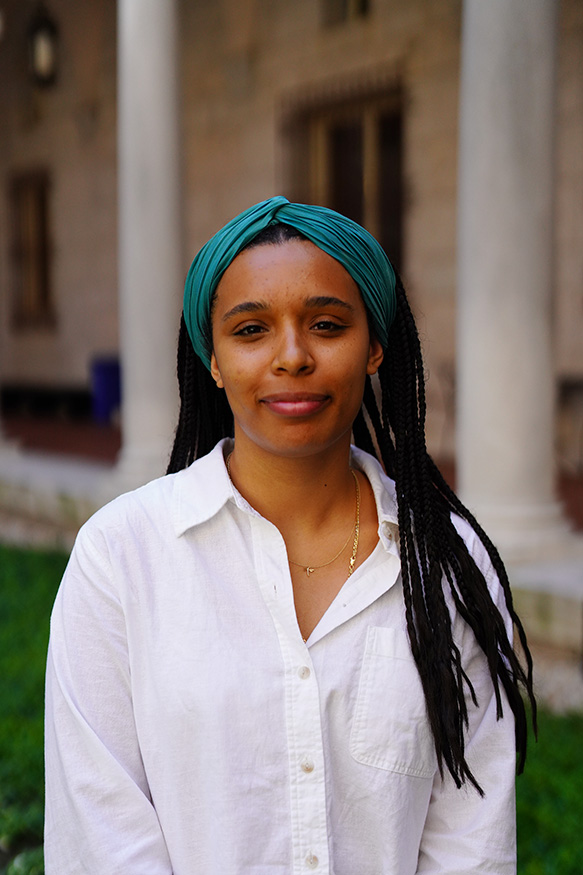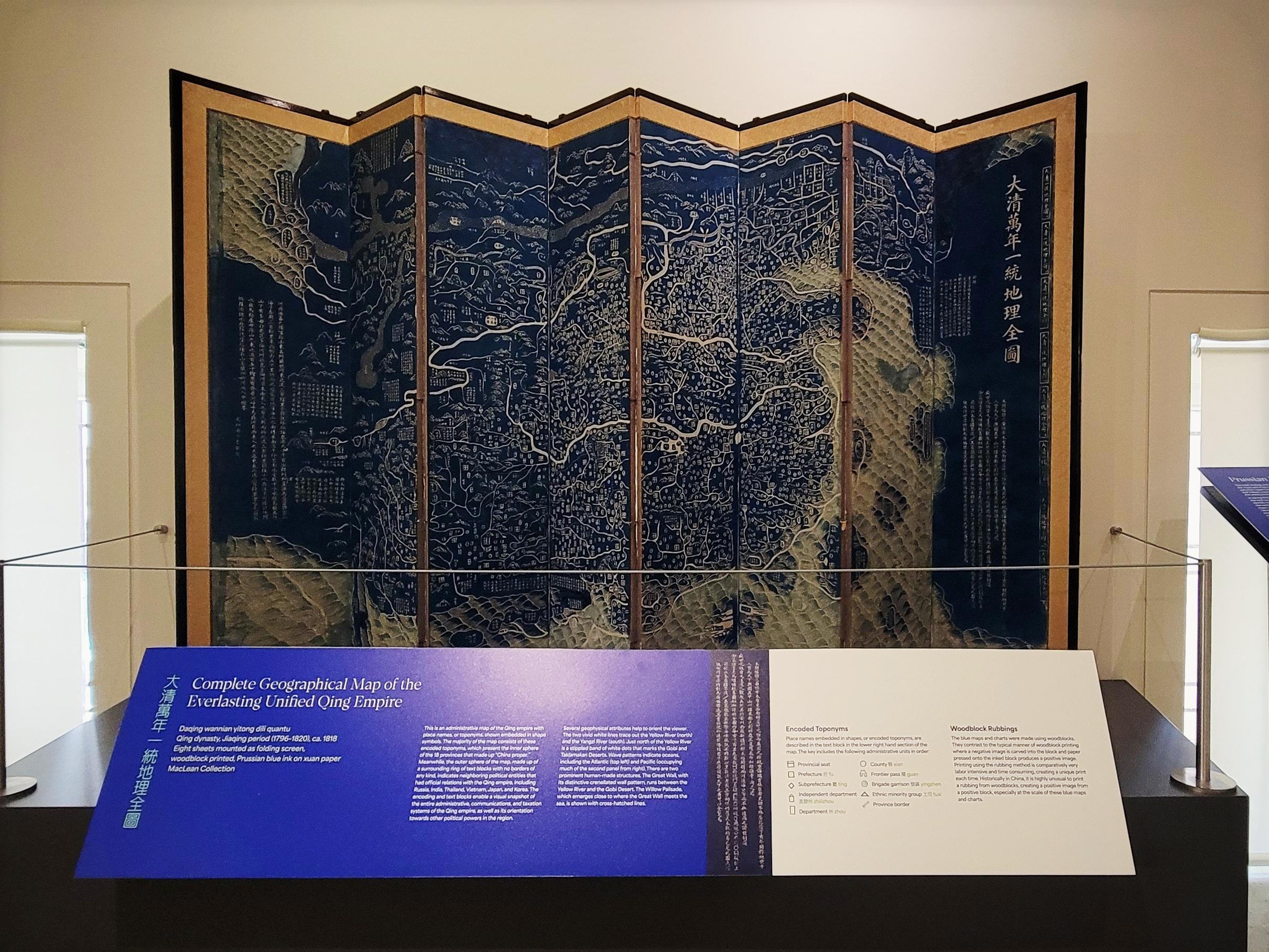We’re excited to welcome Kiana Harriel to the team as our new Experiential Learning & Programs Educator. Kiana is an accomplished teacher and museum educator and we’re so excited to have her join the LMEC team. We sat down with Kiana to learn more about her previous experience and what’s she’s looking forward to since starting with the Leventhal Center.
Kiana, we’re so excited to have you on board here at the Leventhal Map & Education Center. Tell us a little bit about your background—what led up to your new role with us?

I have a BA in Anthropology and recently graduated with my MA in Teaching Social Studies (7-12th grade) from Brown University this May. Much of my experience is in the classroom or at other museums in Boston. I most recently taught a Women’s History elective course in East Providence, Rhode Island, and before that I taught English as a second language in South Korea. I also served as a Visitor Service assistant at the Isabella Stewart Gardner Museum and worked within the conservation department as a technician. These experiences led me to the Leventhal Map and Education Center. I’m interested in integrating visuals in instructional design and creating inquiry and skills-based programs for K-12 audiences, which align well with the goals of the Education department.
How do you think you’ll apply your previous teaching experience to this new position?
As a classroom teacher, I have a robust understanding of the needs of teachers and students when it comes to student learning, which will transfer well into leading on-site and virtual school visits. As a social studies teacher, I created inquiry-based and student-led lessons. I focused on creating compelling open-ended questions relating to both historical content and my students’ lives to position my students as experts and to help their understanding. This practice was the most impactful for me and is something that I will continue to apply in my new position when working with the public.
What’s been the most exciting part of your experience at Leventhal Center so far?
Starting at the Leventhal Center in the summer has been exciting so far! I have observed the many projects everyone is working on and their excitement about them. I am also excited to see how visitors interact with our gallery space and learning resource center.
You’re starting in the middle of Heaven & Earth: The Blue Maps of China. In your opinion, what’s an item in the exhibit that makes you most curious?

Complete Geographical Map of the Everlasting Unified Qing Empire (ca. 1818) in Heaven & Earth: The Blue Maps of China
I am most curious about the Complete Geographical Map of the Everlasting Unified Qing Empire. It is the most visually compelling object in the exhibit, and I am interested in learning more about East Asian history. When I look at this object, I have so many questions about how it was created, why, and who it was intended for.
What is your earliest memory of maps?
My earliest memory of maps was when my family read children’s books to me when I was little. I love children’s books that include maps, and they often do! I liked following a story with a map as my mom read about the character’s journey. Stories with a map feel the most interactive to me, and those experiences with children’s books are something that I will always remember.
What work at the Leventhal Center are you looking forward to?
There are so many things that I’m looking forward to, but I will only mention two of them. First, I look forward to contributing to the learning that classes will participate in when they visit us and sharing how exciting our collection is to the public! I hope those who come to the Leventhal Center for the first time will continue to come back, and that we can continue building impactful partnerships with schools in the area. Secondly, I look forward to continuing to grow as an educator at the Center!
Do you have a favorite map that you’ve found in the collections yet?

Map of a Woman’s Heart (ca.1840–1860)
Good question! I am interested in women’s history, so I searched the collection for maps related to women. My favorite map I found is the Map of a Woman’s Heart. I recently taught a unit about women in abolition, early suffrage efforts, and the gender roles of the mid-nineteenth century. A Map of a Women’s Heart would have been the perfect visual text for my students to interpret—I wish I found it earlier! I love analyzing this map because it feels humorous and satirical, but it also feels like it could have a mocking tone as well!
Our articles are always free
You’ll never hit a paywall or be asked to subscribe to read our free articles. No matter who you are, our articles are free to read—in class, at home, on the train, or wherever you like. In fact, you can even reuse them under a Creative Commons CC BY-ND 2.0 license.